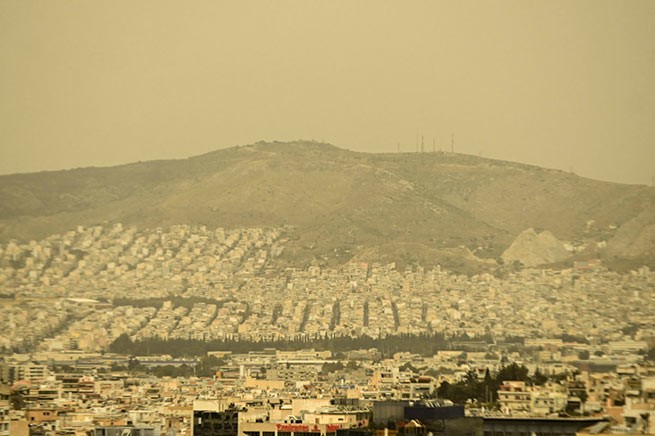An unbearable burden on the healthcare system until 2050 is predicted by scientists due to an increase in the incidence of cancer among the population.
A tax of 0.55% of global GDP that will have to be paid every year until 2050 is not a myth at all, according to a new study of the impact of cancer in 144 countries, covering 92.7% of the world’s population. The economic burden of 29 forms of cancer is estimated at $25.2 trillion. dollars (at 2017 prices), or an average annual burden of $2,857 for every person living on earth.
In Greece the macroeconomic burden from all forms of cancer by 2050 is estimated at an average of $24.161 billion. With an annual burden on the country’s GDP of about 0.36%, it can reach 0.48%. Parallel to this per capita income loss could be around $2,500 with a minimum payment of $1,869 and a maximum of $3,306.
These projections are based on a recent study published in JAMA by scientists from the Universities of Heidelberg, Beijing, Sichuan, Vienna, Columbia University in New York, Stanford in California, and Harvard in Boston on costing and predicting 29 cancers worldwide. from 2020 to 2050. According to him, the 5 types of cancer with the highest economic costs are cancer of the trachea, bronchi and lungs (15.4% or $3.9 trillion), colorectal cancer (10.9% or $2.8 trillion), breast cancer ( 7.7%, 2 trillion), liver cancer (6.5% or 1.7 trillion) and leukemia (6.3% or 1.6 trillion).
China and the US bear the largest economic cost of cancer in absolute terms, accounting for 24.1% and 20.8% of the total global burden, respectively.
Lung cancer is the largest expense overall, although in Slovakia, Japan and Australia the bulk of the money is spent on patients with colon cancer. In Brazil and Algeria, breast cancer has the highest macroeconomic costs, while in India and Pakistan, oral cancer has the highest burden. Gastric cancer is more common in Colombia, Bolivia and Peru, while in Thailand, Egypt and Mongolia, liver cancer causes the greatest burden. As incomes rise, common types such as lung, breast, colon, and pancreas become more common than cervical, liver, and stomach cancers or leukemia.
Although 75.1% of cancer deaths occur in low- and middle-income countries, their share of the economic cost of cancer is lower, absorbing only 49.5% of resources. The cost of treatment is higher in high-income countries than in low-income countries. The study notes that the macroeconomic costs of cancer were significant, but not uniformly distributed by type of cancer in each country.
Cancer is the leading cause of death worldwide, with 10 million deaths in 2019. Cancer incidence and related mortality are on the rise worldwide. This increase reflects an aging population and the role of several risk factors such as tobacco and alcohol use, unhealthy diets, physical inactivity and air pollution.
As noted in the study, cancer is taking a heavy toll on the economy due to declining productivity, unemployment, job losses and reduced capital investment.
Conversely, investing in cancer diagnosis and treatment can bring significant health and economic benefits, much more so in low- and middle-income countries than in high-income countries.







More Stories
"Tax" for fire protection of real estate
The first non-state medical school in Greece
Real estate: Greeks choose country houses